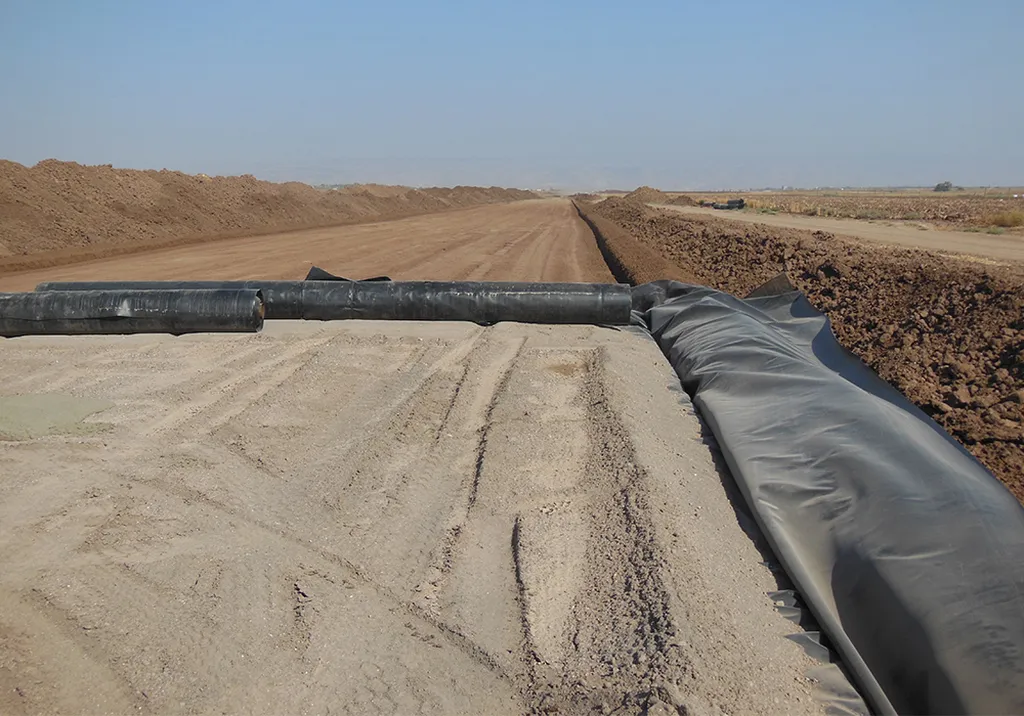In the quest to make road construction more economical and environmentally friendly, a team of researchers led by Shahzaib Sharif from the Department of Civil Engineering at Aligarh Muslim University has made a significant breakthrough. Their study, published in the journal “Discover Civil Engineering” (translated to English as “Exploring Civil Engineering”), focuses on stabilizing clayey soils using locally available fly ash and lime, offering a promising solution to a longstanding challenge in the construction industry.
Clayey soils, known for their problematic swelling, shrinkage, and compressibility, have always posed a challenge for engineers. “These soils are unsuitable for supporting rail and road embankments in their natural state,” explains Sharif. “Our research aimed to find an effective and cost-efficient way to stabilize these soils, reducing the overall cost of pavement construction.”
The team conducted a series of laboratory tests, including Atterberg limits, standard Proctor compaction, California Bearing Ratio (CBR), triaxial shear, and resilient modulus tests, to evaluate the performance improvements. They found that adding 4% lime and 20% fly ash to clayey soil resulted in a 205% increase in CBR and a 34% rise in shear strength compared to untreated clay. This significant improvement in soil strength allows for a reduction in pavement thickness, leading to substantial cost savings.
The economic implications of this research are substantial. The study estimates a cost saving of 20.8% per kilometer of pavement construction. This reduction in material and labor costs could have a significant impact on the construction industry, particularly in regions with abundant clayey soils. Moreover, by utilizing industrial waste like fly ash, this method promotes environmental sustainability, addressing both economic and ecological concerns in infrastructure development.
The research not only offers a cost-effective solution for road construction but also paves the way for future developments in the field. As Sharif notes, “This approach could be adapted for other types of soils and stabilization methods, further reducing construction costs and promoting sustainable practices.”
The findings of this study have the potential to revolutionize the way engineers approach road construction on weak subgrade soils. By providing a cost-effective and environmentally friendly solution, this research could shape the future of infrastructure development, benefiting both the construction industry and the environment. As the world continues to seek sustainable and economical solutions, the work of Sharif and his team offers a promising path forward, published in the journal “Exploring Civil Engineering”.

